Best Compact Mid-Handicap Irons 2025
A look at a selection of the best compact mid-handicap irons, otherwise known as players' distance irons, on the market
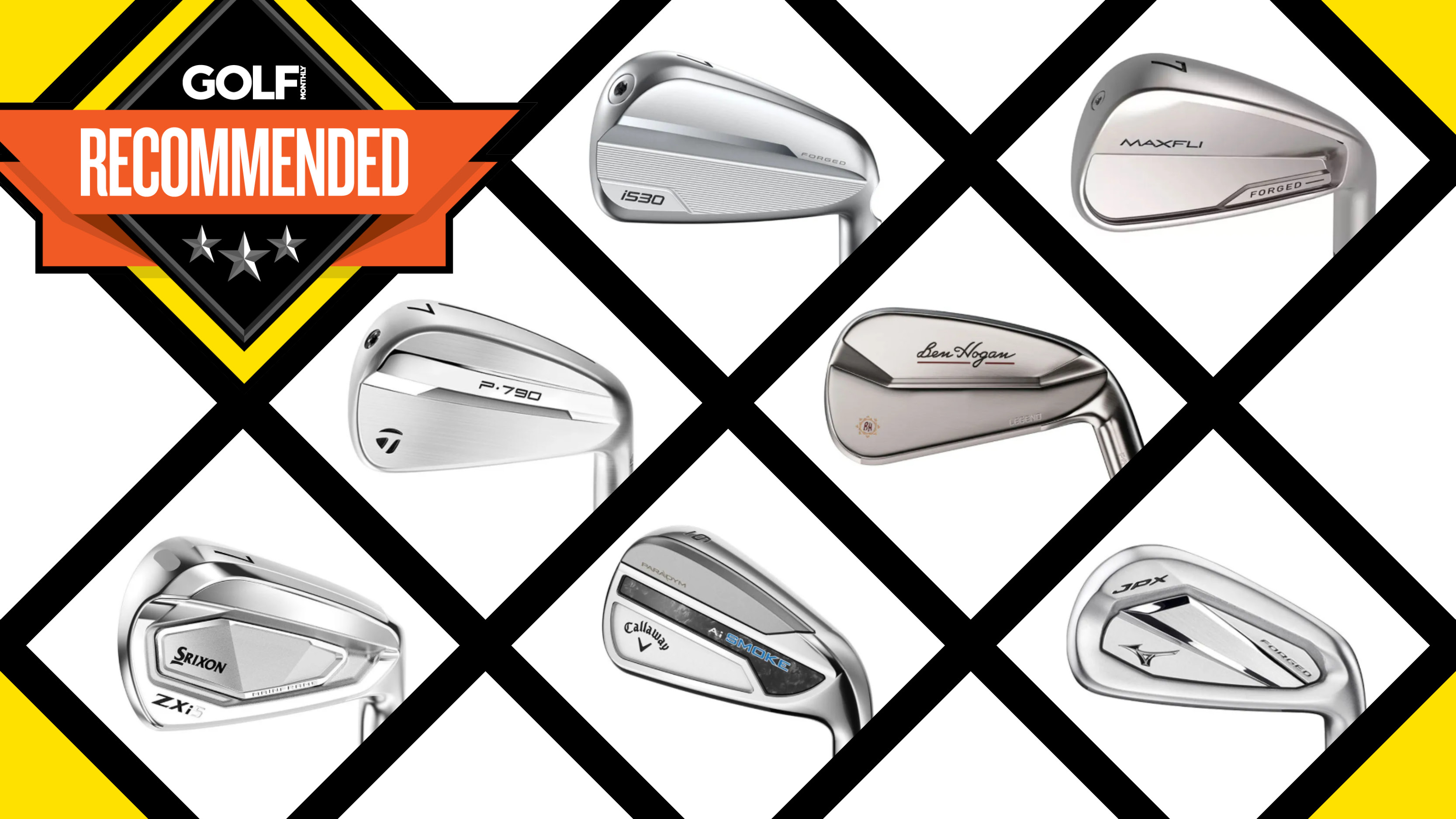

Choosing a set of the best irons for your game can be trickier than it first appears, particularly if you’re unsure what to look for. This is especially true in the mid-handicap range, where player ability varies widely. Many golfers in this category could use almost any iron in a brand’s lineup with some success, which makes identifying the best compact mid-handicap iron for your needs more challenging.
The key thing to remember is that not all mid-handicappers are created equal. Some golfers are improving rapidly, watching their handicap drop month by month, while others have played steadily at this level for years. Each golfer’s requirements will differ. Some require more distance, others seek added forgiveness or greater control and there’s no single set of irons that suits everyone.
WATCH: Joe Ferguson picks out the best players' distance irons of 2025
Generally mid-handicap golfers won’t get the best results from using blades, but at the same time the chunky game-improvement irons designed for beginners and high handicappers are unlikely to suit them either. The ideal middle ground is found in compact mid-handicap irons; clubs that blend the best of both worlds. These irons typically feature smaller, more refined heads that deliver the feel and control better players want, while still providing enough forgiveness to maintain consistency on off-center strikes.
We've set out below some of the best compact mid-handicap irons, but if you are looking for more advice on some of the best irons on the market take a look at some of our other guides on the best distance irons, best golf blade irons, or the best game improvement irons.

Joe has over 20 years of experience in the golf industry, ranging from becoming PGA Head Professional at Ryder Cup venue Celtic Manor to serving and leading the National Fitting Centers for both Titleist and Taylormade. Joe heads up our testing and reviews for Drivers and Irons at Golf Monthly.
The Quick List
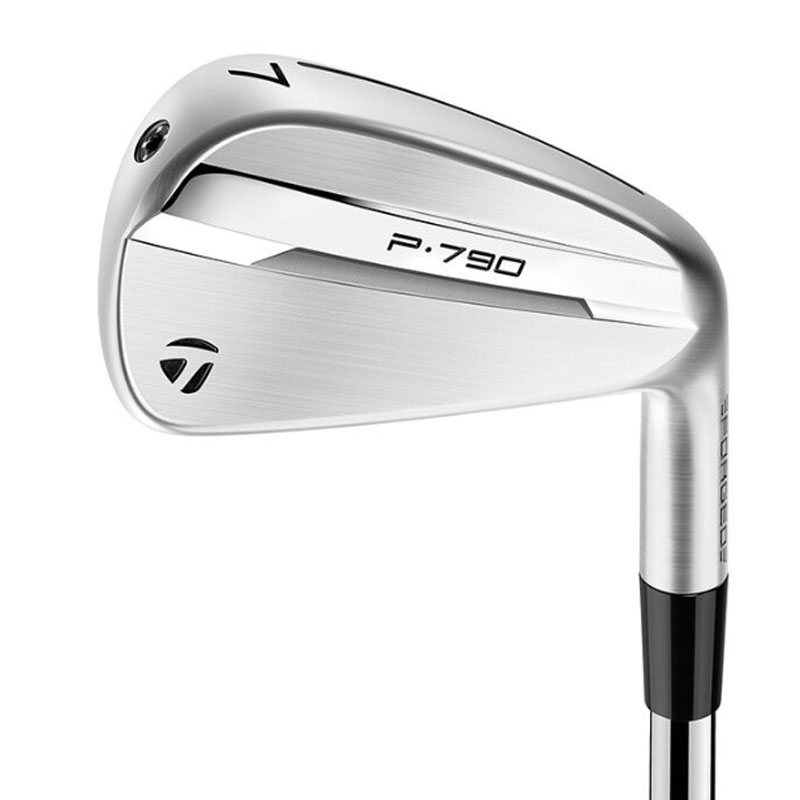
TaylorMade has made several noticeable upgrades from the 2023 version of this iron, with the most significant improvements coming in its refined looks and superb feel through impact.
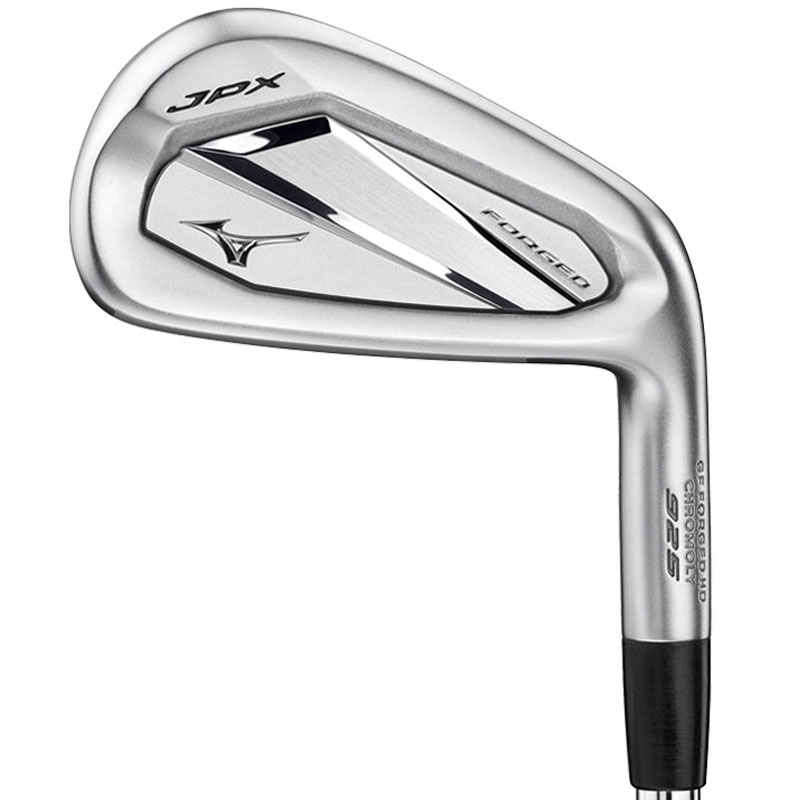
The JPX925 Forged is an outstanding addition to the iron category, masterfully blending the pure feel of a one-piece forged design with the speed and power of a hollow-bodied players’ distance iron.
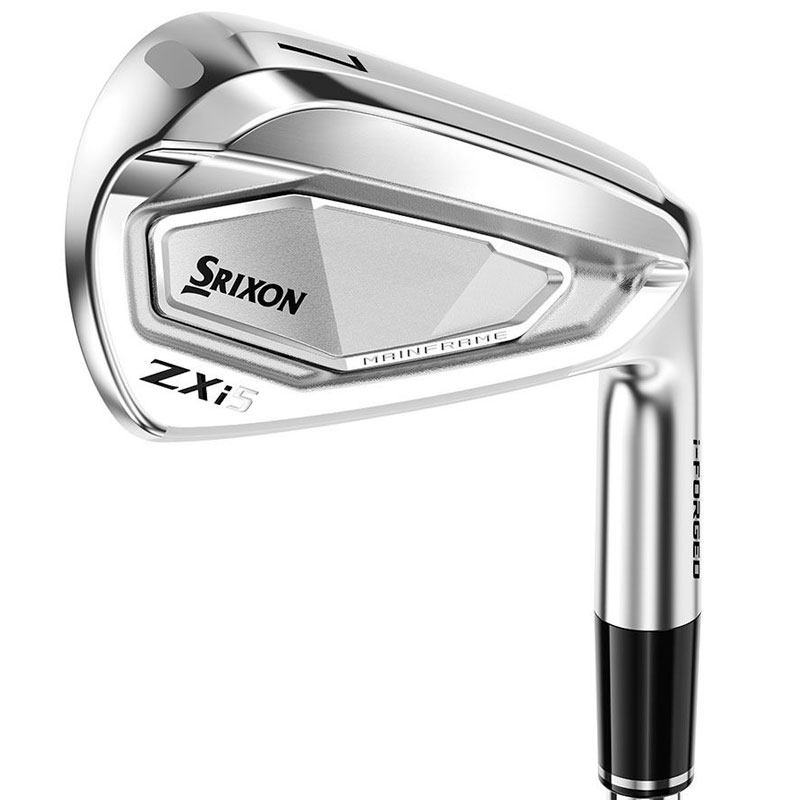
With striking looks, outstanding feel, impressive forgiveness and strong distance performance, the Srixon ZXi5 irons are sure to appeal to a wide range of golfers seeking a balanced blend of playability and precision.

Aimed at mid-handicap golfers, this iron offers a sleek, premium appearance paired with an easy, confidence-inspiring performance and a solid, satisfying feel through impact. The Ai200 is a high-quality, well-rounded performer that delivers both style and substance.
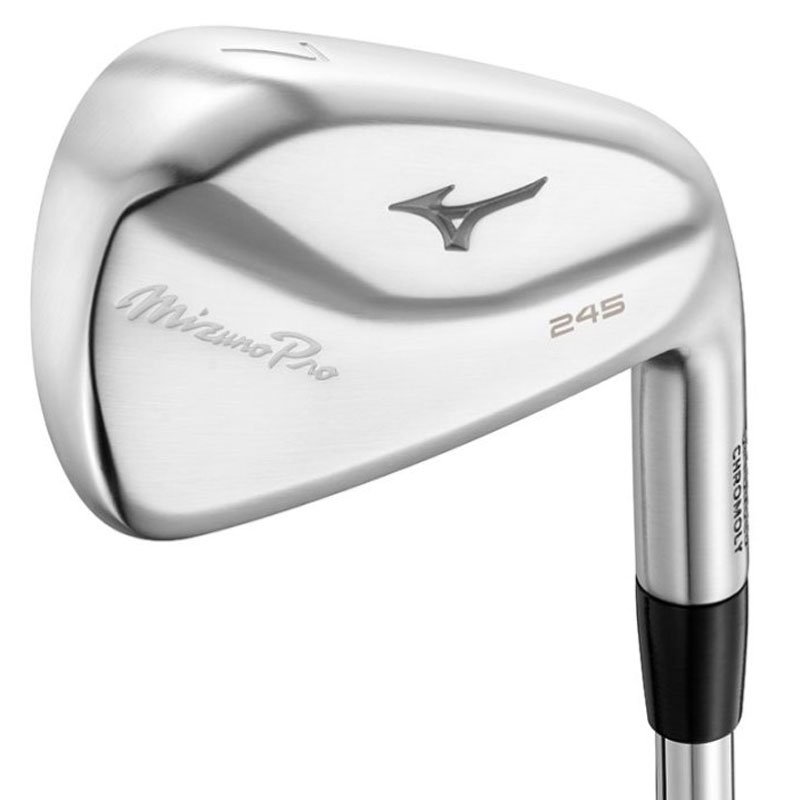
Another classy release from Mizuno, the Pro 245 irons impress across the board, combining ease of use, exceptional feel and stunning shelf appeal to create an iron that will suit a wide range of golfers.
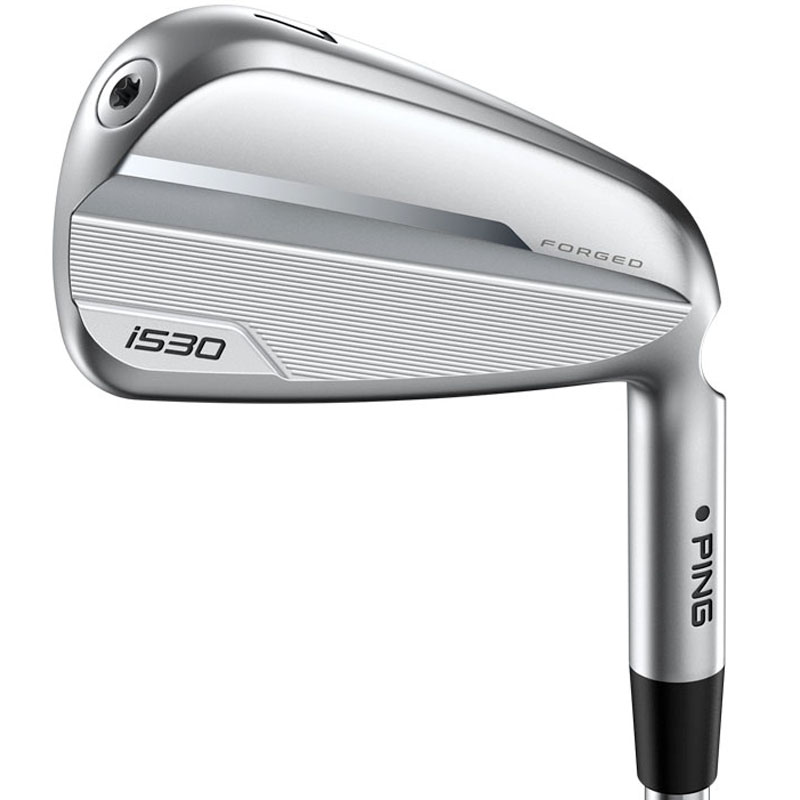
The Ping i530 is a sleek, modern players’ distance iron that delivers outstanding performance. These irons are absolute powerhouses, engineered to maximise ball speed and distance while maintaining the clean, compact look better players prefer.
Load the next 3 models
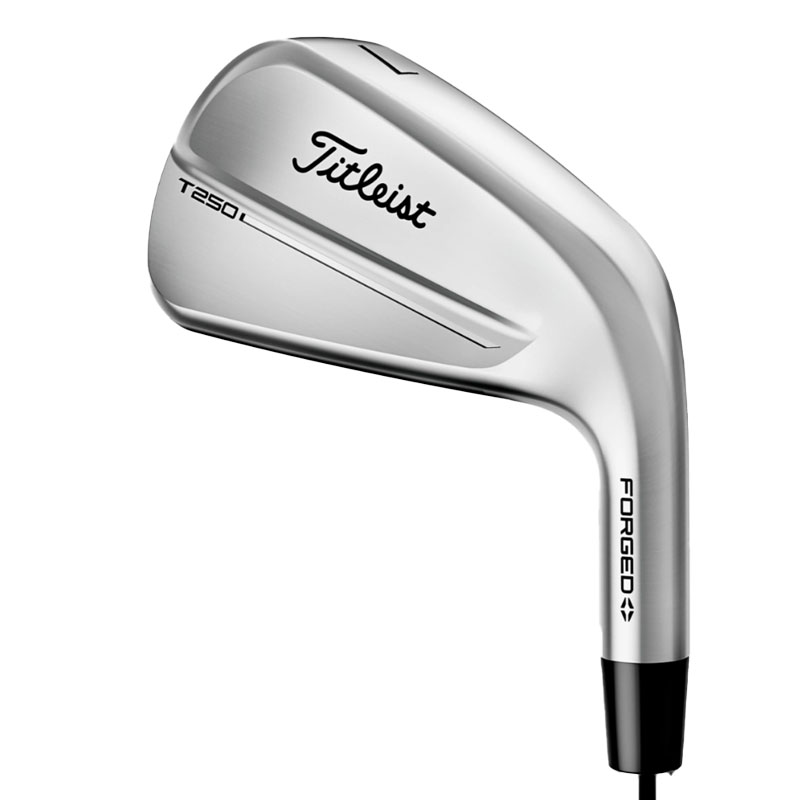
For golfers who appreciate the compact, traditional look of a player’s iron but want a noticeable increase in power and yardage, the T250 stands out as an exceptional all-round option.
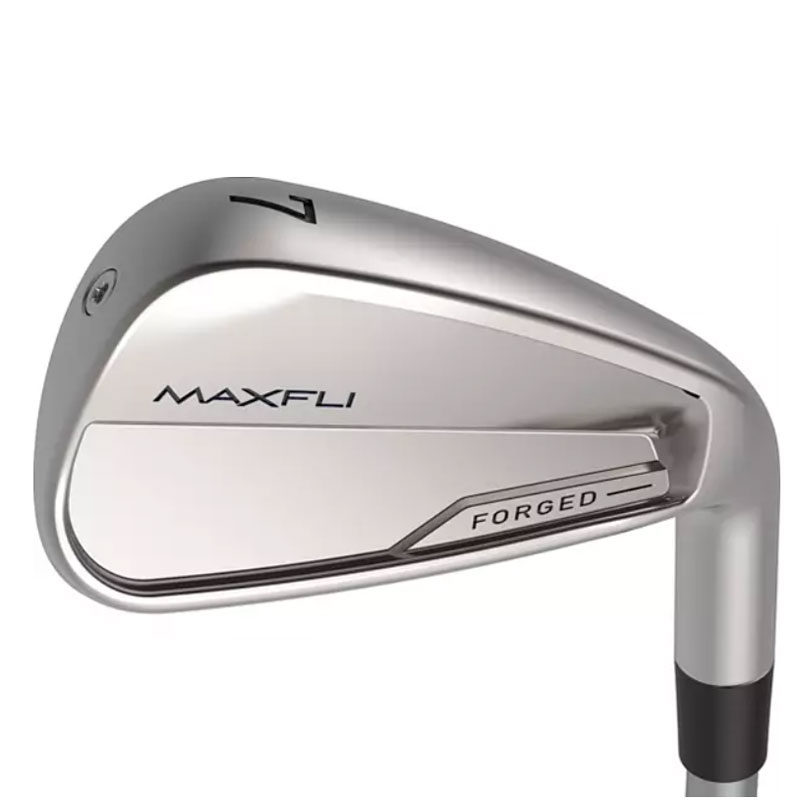
Maxfli has made a strong return to the iron market with the XC2 irons, a set that combines beautiful aesthetics with a soft, responsive feel and impressive performance numbers to match their looks.
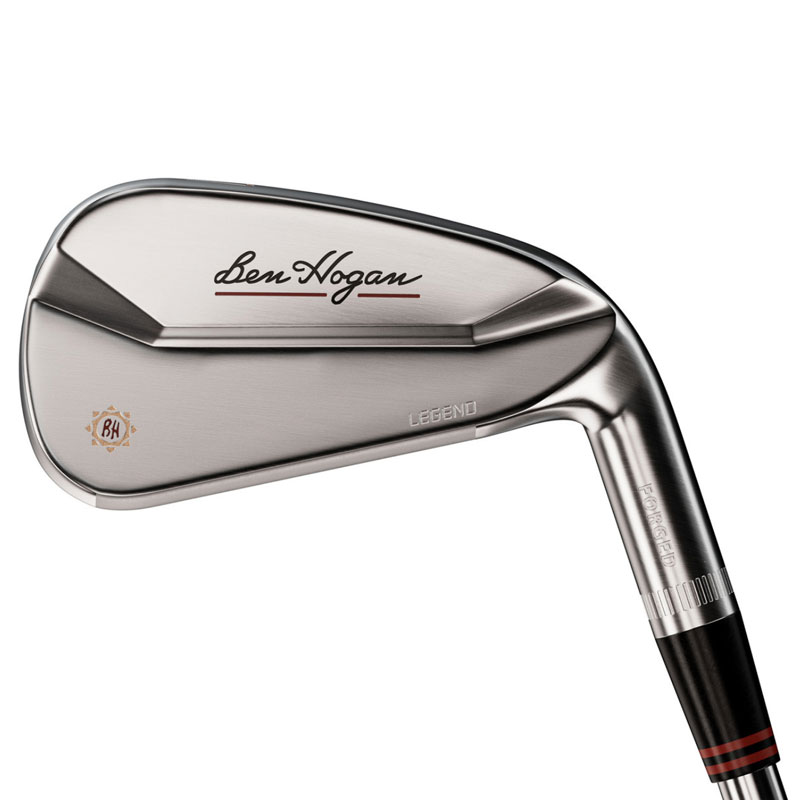
These irons combine beautiful retro styling with modern performance, delivering an ultra-forgiving distance club that offers superb feel, smooth turf interaction and comes to market at a very reasonable price point.
Best Compact Mid-Handicap Irons - Best Players Distance Irons
Top pick
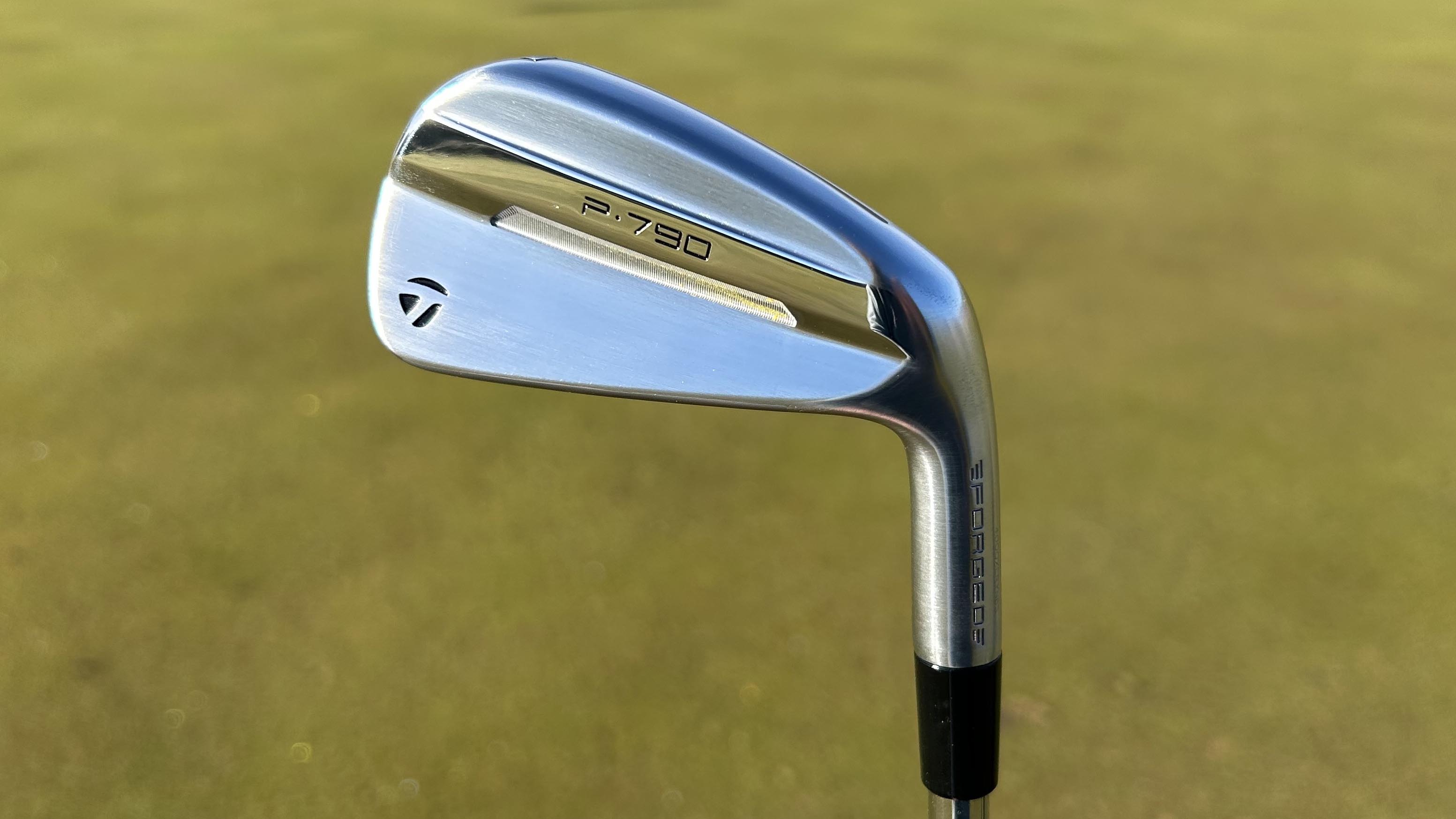
Specifications
Reasons to buy
Reasons to avoid
Our top pick for 2025 is the latest version of the TaylorMade P790 irons, and there are several reasons why. Starting with feel, TaylorMade has made a major step forward compared to the 2023 model. Off-center strikes now deliver surprisingly pleasant feedback and what’s even more impressive is how little ball speed is lost on mishits. When we compared the 2025 and 2023 versions side by side, the improvement in feel was undeniable and it’s now on par with some of the best compact mid-handicap irons for feel.
Visually, it’s a ten out of ten. The refined playing profile features slightly slimmer clubheads than the previous generation, which will really appeal to better players. That said, forgiveness remains excellent, so higher handicappers shouldn’t be put off by the more compact design. The P790 strikes a rare balance between tour-inspired looks and game-improvement performance, making it suitable for a wide range of golfers.
All told, the 2025 P790 deserves its place in the conversation as one of the best irons of the year, combining exceptional feel, forgiveness, and distance in a package that looks and performs beautifully.
- Read our full TaylorMade 2025 P790 Iron Review
Best feel

Specifications
Reasons to buy
Reasons to avoid
The Mizuno JPX923 forged was one of the best Mizuno irons so expectations were high for its successor, the JPX925 Forged. Right away, the upgrades are clear. The longer irons are now forged from Chromoly 4120, a material designed to maximise ball speed and enhance adjustability, while the shorter irons are forged from a single piece of 1025E Pure Select Mild Carbon Steel, prioritising precision and control.
As a complete set, the JPX925 Forged irons strike an excellent balance between compact shaping and playability, making them suitable for a broad range of golfers. At address, they carry the sleek profile of a players’ iron, perhaps even resembling some of the best low-handicap irons, yet they never feel intimidating. The clean head shape and elegant satin chrome finish give them a premium, confident look.
When it came to performance, the results were fascinating. The soft, buttery feel at impact could easily fool you into thinking you’re striking a pure forged blade like the Mizuno Pro 241, but the launch monitor data tells another story entirely. The ball speed and distance were exceptional, which is kind of unexpected from such a refined, forged iron. I would say that there are few, if any, other irons that combine this level of speed, distance and feel as effortlessly as the JPX925 Forged.
- Read our full Mizuno JPX925 Forged Iron Review
Best consistency
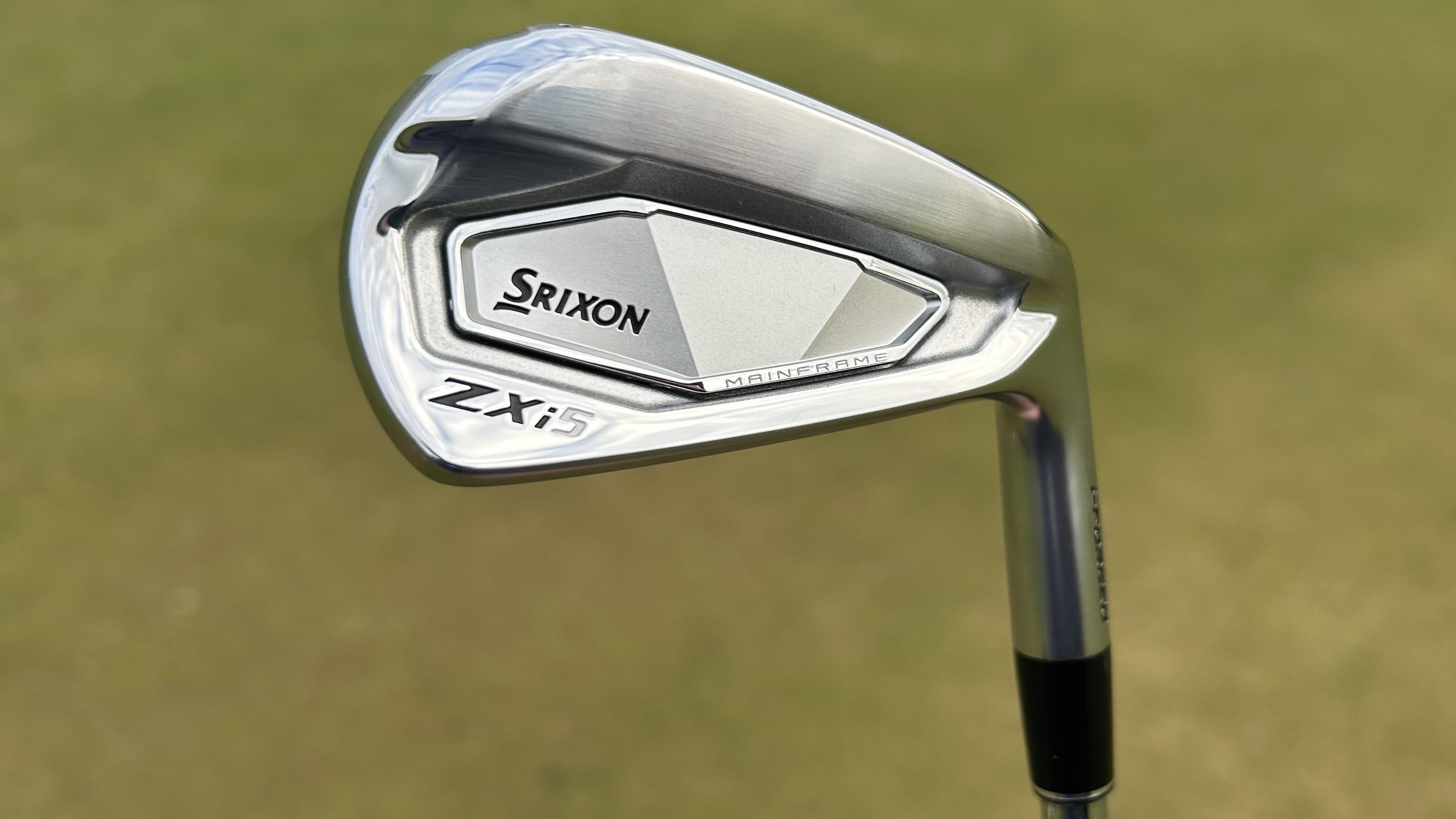
Specifications
Reasons to buy
Reasons to avoid
Following the success of the ZX5 and ZX5 MK II irons, the new Srixon ZXi5 had big shoes to fill and it certainly delivers. The brand’s focus this time has been on enhancing feel, achieved through the introduction of its new i-FORGED process which allows engineers to select specific steel densities to optimise performance. Srixon has also implemented Condensed Forging, a technique that strengthens targeted sections of each iron so that softer materials can be used without compromising durability.
Visually, the ZXi5 is a standout. It boasts plenty of shelf appeal and a premium aesthetic, though its thinner topline may be slightly intimidating for some higher handicappers. However, lower-handicap players seeking more forgiveness in a compact head will love the look.
In testing, the feel immediately impressed as the ZXi5 felt both powerful and controlled, with a smooth, connected sensation through impact that clearly reflects the success of those new forging techniques. Combined with impressive distance performance, this iron offers an ideal balance for mid-handicap golfers who appreciate a more traditional “player’s” profile but still want a touch of forgiveness.
- Read our full Srixon ZX5 Mk II Iron Review
Best tech
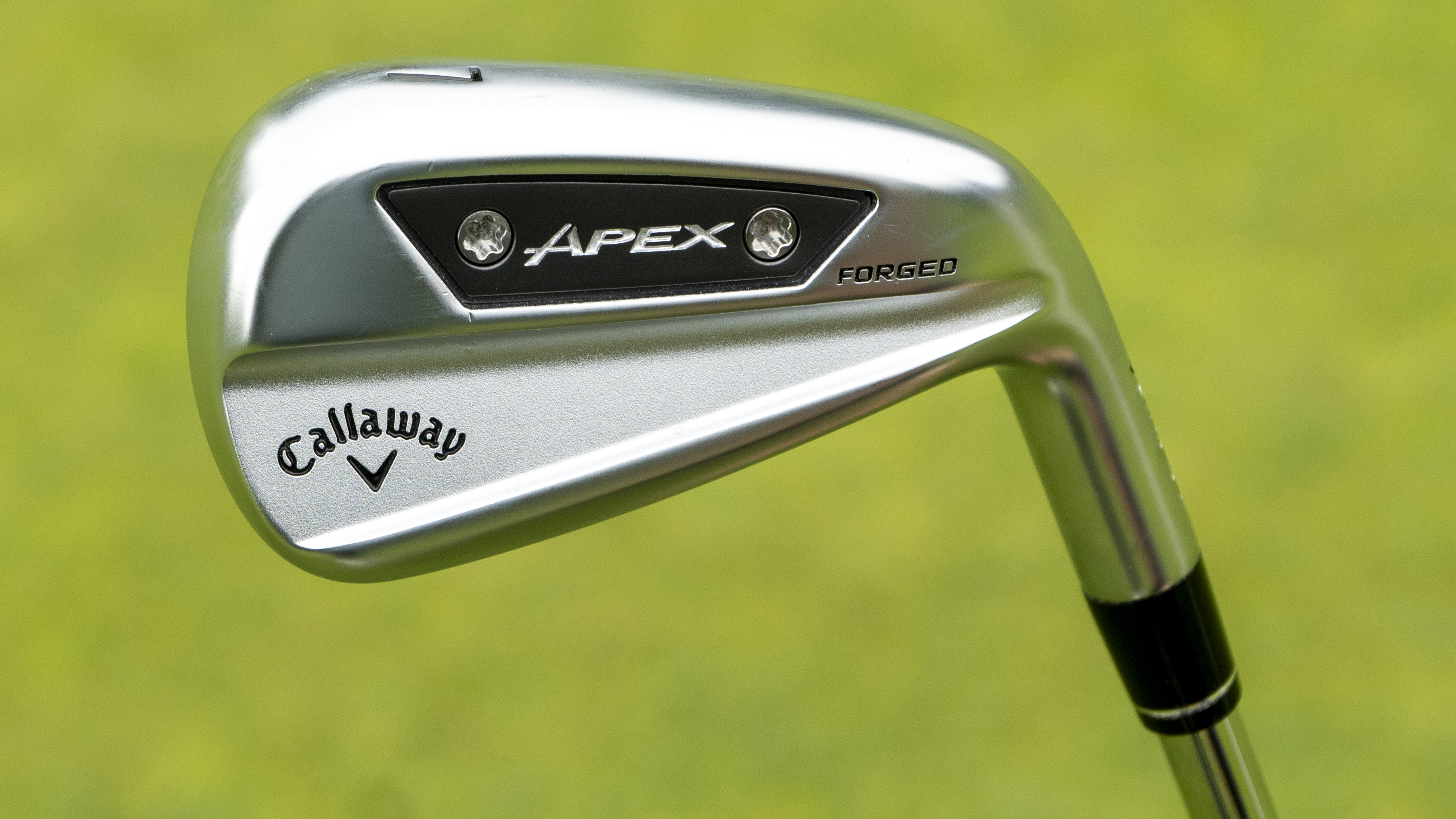
Specifications
Reasons to buy
Reasons to avoid
From a technology standpoint the Callaway Apex Ai200 delivers plenty. It features a forged hollow-body construction, forged 455 face, MIM weighting and a dynamic sole design that enhances turf interaction and forgiveness. With a 7-iron loft of 30˚, it clearly positions itself among the best players distance irons.
Visually, it’s sleek and sophisticated, both in the bag and at address, with moderate offset and a clean topline. The cohesive design across the Apex range makes it hard to tell models apart but the Ai200 frames the ball beautifully, offering confidence without bulk.
Performance-wise, it rivals the Mizuno Pro 245 or the TaylorMade P790 irons, producing strong, consistent distance and a lively feel. Despite its stronger lofts, it launches easily and glides smoothly through turf. The Ai200 ticks every box for performance, looks and feel, while its consistency with the rest of the Apex lineup makes combo sets an easy option.
- Read our full Callaway Apex Ai200 Iron Review
Best looking

Specifications
Reasons to buy
Reasons to avoid
Mizuno describes the Pro 245 as the perfect blend of looks and forgiveness in a compact, hollow-bodied players’ distance iron. After extensively testing this iron, it’s hard to disagree.
Visually, these irons are stunning. From behind it’s almost impossible to distinguish them from the bladed Pro 241 in the same family. They frame the ball beautifully and have that unmistakable classic Mizuno profile. There are plenty of attractive irons in this category, but the Pro 245 arguably sets a new benchmark for aesthetics.
When it comes to performance they’re just as impressive. The feel is lively yet smooth, with satisfying acoustics at impact. The stronger lofts deliver a powerful, penetrating ball flight that held up well even in windy conditions. The only consideration is for players who already hit a low trajectory, as stopping power into greens may be slightly reduced as a result.
- Read our full Mizuno Pro 245 Iron Review
Best distance
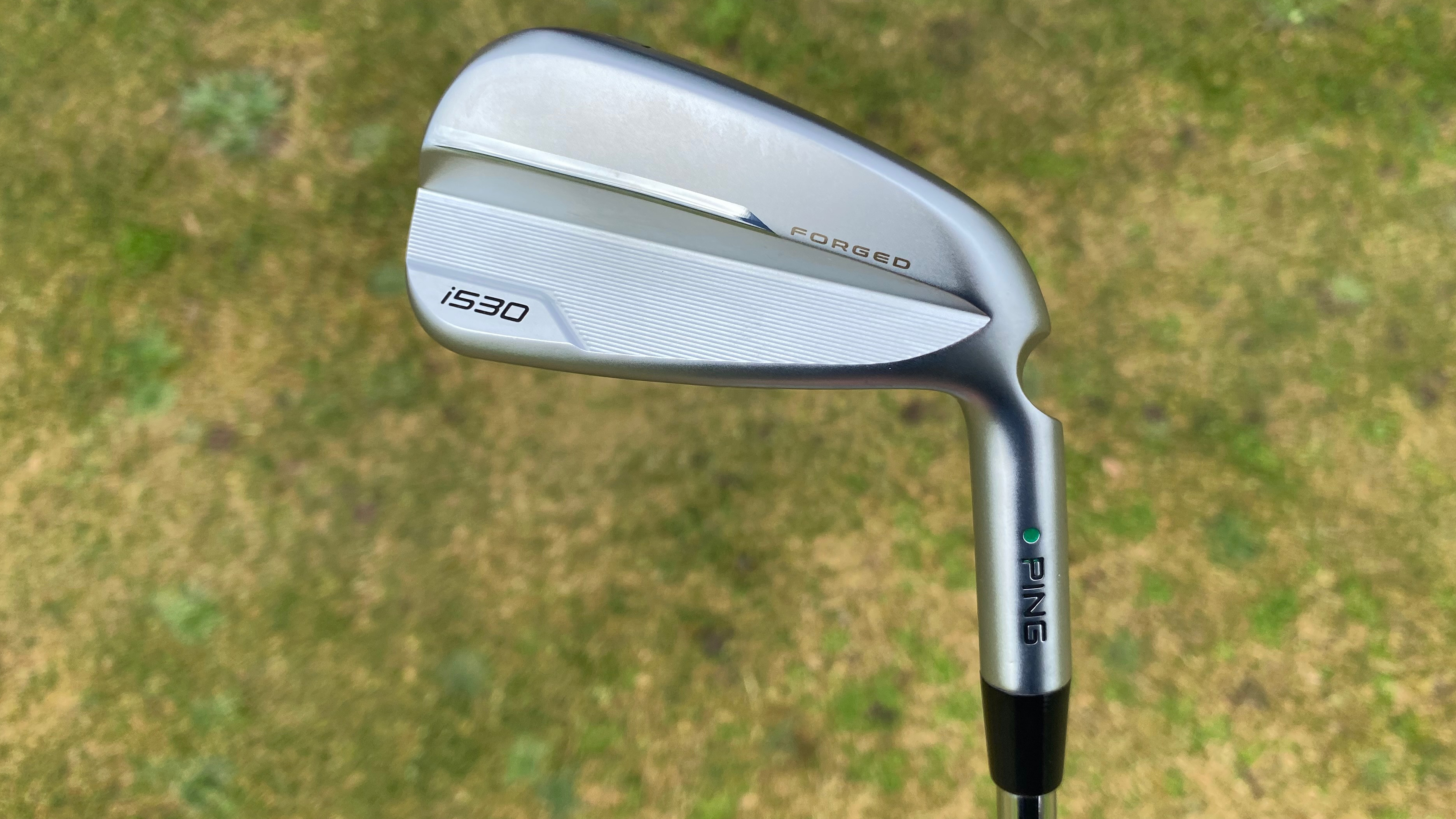
Specifications
Reasons to buy
Reasons to avoid
This iron has been engineered with ball speed and distance as its top priorities and it delivers on both fronts. A new internal weight pad creates a deeper-to-thinner face-to-sole transition, which Ping says increases face flex and ball speed. The same flexible steel face used in Ping’s woods has been welded to a stainless steel hollow body, with an internal polymer added behind the face to enhance feel and further boost flex.
These design changes, combined with lofts 1.5˚ stronger than the previous i525 iron, produced some seriously impressive distance numbers in testing. While distance isn’t everything, if you’re tired of hitting 7-iron when others are pulling 9, this model could change that. Visually, it ticks plenty of boxes as there’s enough clubhead behind the ball to inspire confidence without veering into game-improvement territory, and the minimal offset will appeal to better players seeking extra speed and forgiveness.
In testing, these irons proved exceptionally fast, the quickest I’ve seen in this category in fact. Ball speeds were outstanding, with a low-to-mid launch and moderate spin producing excellent carry numbers. Overall, this is one of the best Ping irons I've tested in recent times.
- Read our full Ping i530 Irons Review
Best for high launch
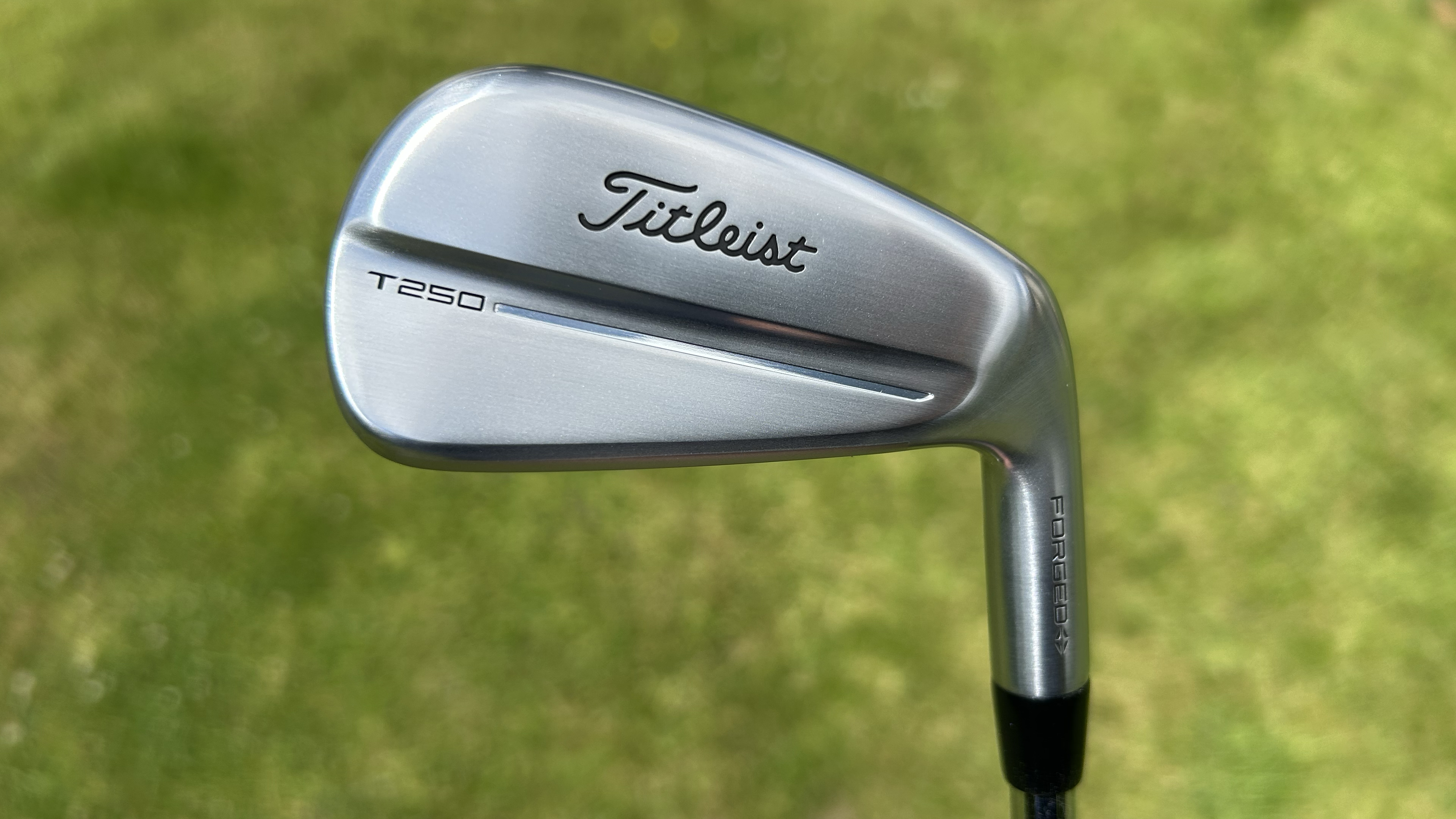
Specifications
Reasons to buy
Reasons to avoid
The new Titleist T250 is purpose-built for golfers chasing serious distance without sacrificing premium looks or feel. As Titleist puts it, this model is “built different”. Its unique construction features a face and body made entirely from high-strength steel, enabling advanced performance technologies to be seamlessly integrated within its sleek profile.
To boost ball speed and launch, Titleist has introduced a forged L-Face with a V-Taper design, delivering faster speeds across the face and helping elevate shots struck low, which is a common miss for many players in this category. The result is an iron that combines explosive performance with classic Titleist craftsmanship, offering both power and precision in equal measure.
Visually, the Titleist T250 is nothing short of stunning and may even be unmatched in this category. Its clean, modern, and minimalist design exudes premium quality and will undoubtedly appeal to a wide range of golfers who value both performance and aesthetics.
When it comes to performance, the T250 lives up to its promise of elevated speed and remarkable consistency. The T250 produced exceptional ball speed and truly explosive distance during testing. The feel at impact is livelier than the T100 or T150, yet still delivers a solid, responsive strike with clear feedback, allowing you to sense exactly where contact was made on the face, something not every distance iron achieves.
And the forgiveness? It’s superb. Consistent front-to-back dispersion was a standout in testing, reinforcing the T250’s position as one of the most complete and confidence-inspiring new irons on the market.
- Read our full Titleist T250 Irons Review
Most underrated
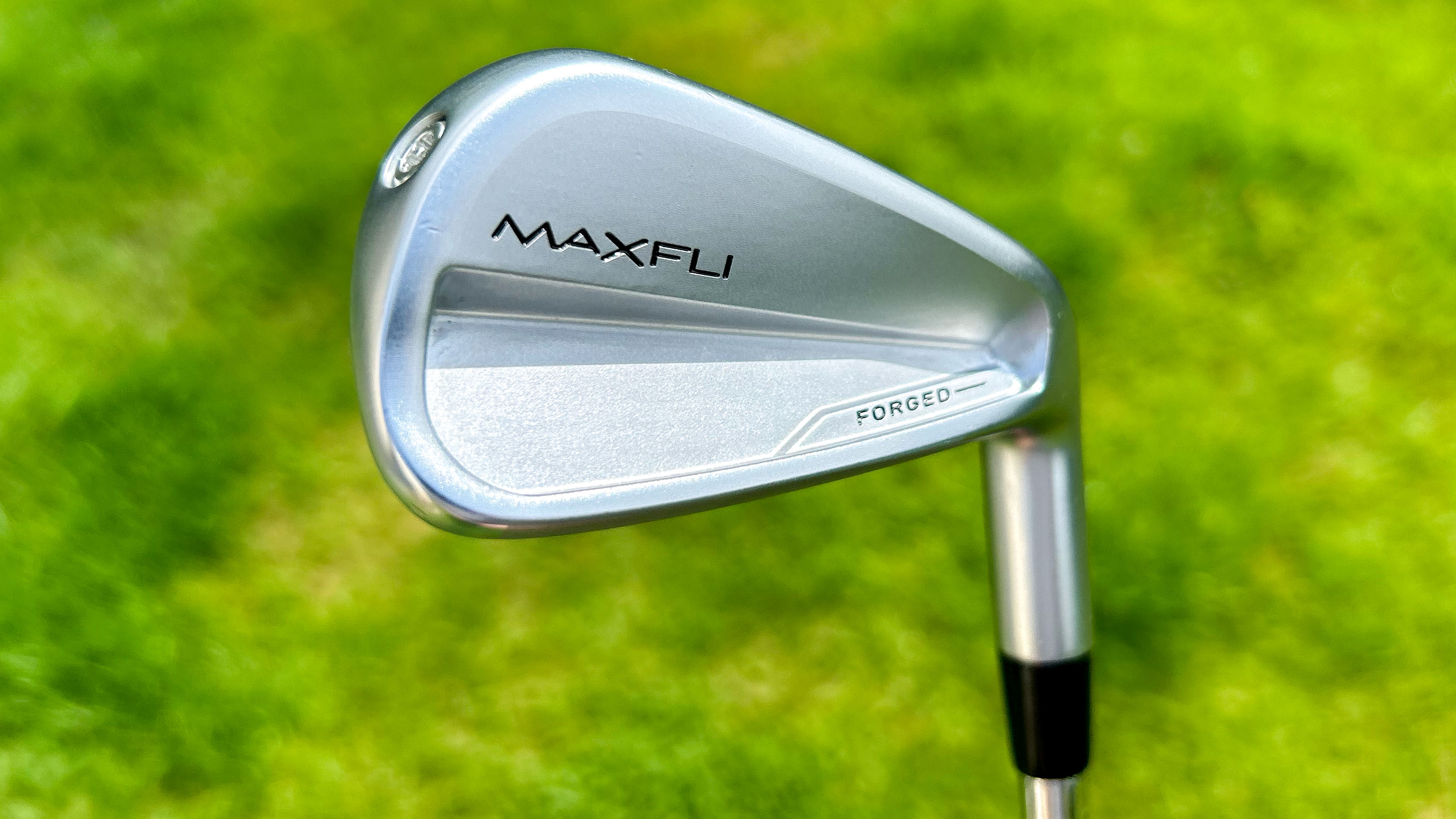
Specifications
Reasons to buy
Reasons to avoid
Maxfli was once one of the leading golf club manufacturers throughout the 1980s and 1990s before fading from view in the early 2000s. Now, the brand is making a strong comeback with the XC2 irons, a set that firmly sits within the distance iron category but is versatile enough to suit a wide range of golfers.
They may well be among the best-looking irons in this category. The brushed matte finish gives them a premium, understated look and the classic Maxfli logo adds to their appeal. At address the profile is excellent, particularly in the longer irons which are beautifully shaped and frame the ball perfectly.
While many distance irons can feel overly springy, the XC2s deliver a soft, solid sensation at impact that’s truly impressive. Whatsmore, this softer feel doesn’t come at the expense of ball speed or distance, both of which remain strong. The standout factor is how the XC2s offer a refreshingly different feel from much of the compact distance iron market, without sacrificing the performance, speed, or forgiveness that golfers in this category demand.
- Read our full Maxfli XC2 Irons Review
Best value
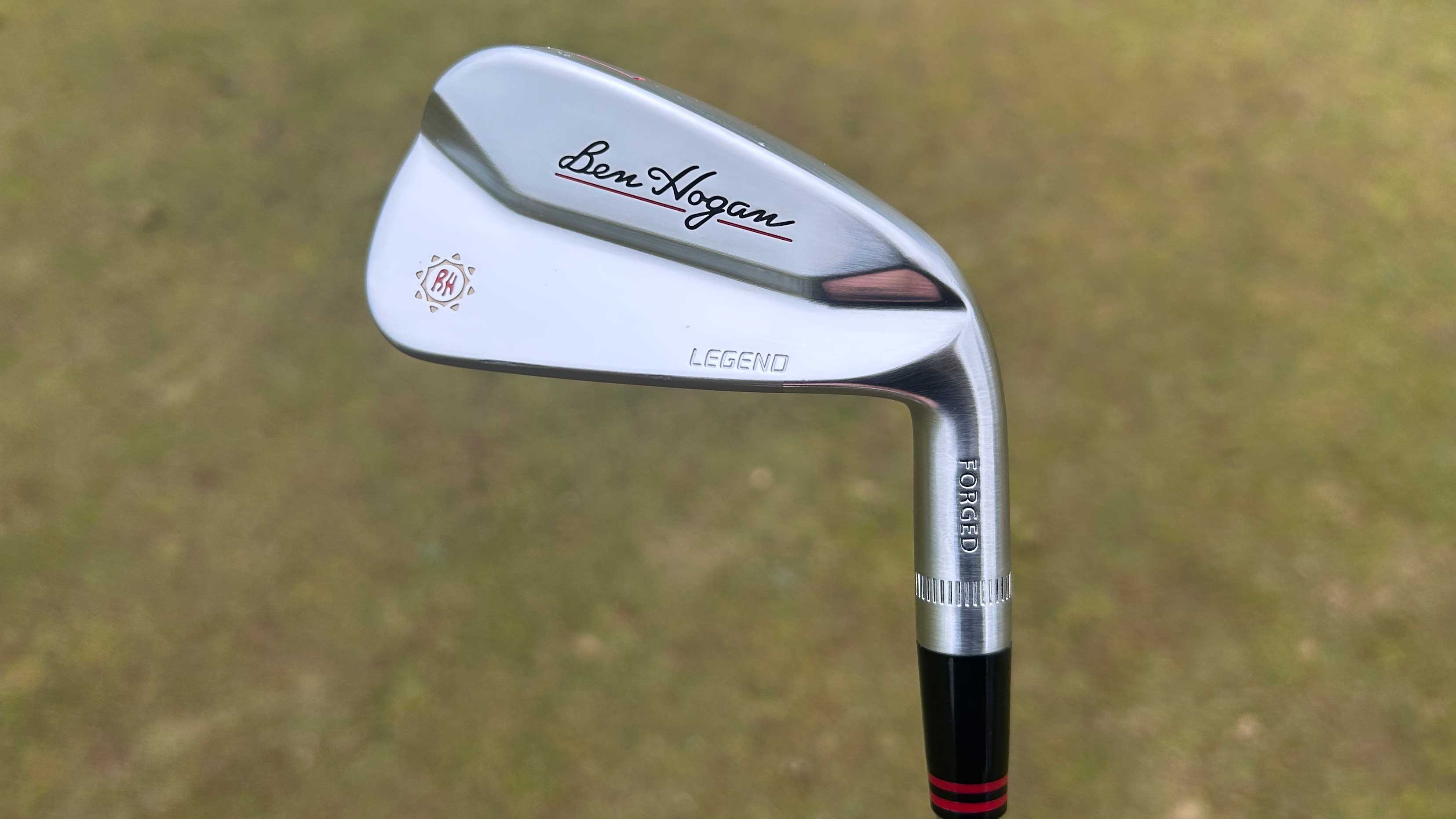
Specifications
Reasons to buy
Reasons to avoid
The Legend marks a milestone for Ben Hogan, being the brand’s first-ever hollow-bodied, foam-filled iron. After testing, it quickly became one of the most impressive clubs we’ve reviewed so far in 2025 and it represents fantastic value for money.
The retro-inspired design oozes class and sets a high bar for shelf appeal. Straight out of the box, the irons look stunning thanks to a perfect fusion of classic Hogan styling and modern innovation. During indoor testing, the standout feature was just how forgiving they were; in fact, we found ourselves relying on one of the best golf launch monitors to see exactly where on the face the strikes were landing.
Turf interaction was another highlight. The low-bounce trailing edge works beautifully with the high-bounce leading edge, creating a highly forgiving sole that helps golfers who tend to get a little steep or catch shots heavy. The result is a much greater margin for error, which in turn adds real confidence at address.
Overall, Ben Hogan has produced a well-rounded iron that blends power, forgiveness, and timeless looks all at an appealing price point of $899.99 / £899.99.
- Read our full Ben Hogan Legend Iron Review
How we test golf irons
Our golf iron testing process is thorough and methodical, combining the experience and expertise of the Golf Monthly test team. Whenever possible it begins at product launches, where we speak directly with brand representatives to learn about the latest technologies and how each model has evolved from its predecessor.
Testing then moves into a controlled indoor environment, typically using Foresight Sports simulators equipped with GC Quad launch monitors and the best premium golf balls. This allows us to capture accurate performance data from ball speed and launch to spin and dispersion.
We then take the irons out onto the golf course for real-world testing. For us, this step is essential to see how the clubs perform in a range of conditions and lies. Every model we review is tested extensively to ensure our feedback reflects real playing experiences.
Our iron testing is led by Staff Writer Joe Ferguson, a PGA Professional with nearly 20 years of experience in the golf industry. Importantly, manufacturers cannot pay for positive reviews. Our conclusions are based solely on performance, data and first-hand experience. Our goal is always to provide honest, insightful reviews that help you make an informed choice when investing your hard-earned money.
How to choose golf irons
1. Your Handicap And Ability
This is arguably the most important factor when buying new irons. Understanding which type best suits your game will narrow your options dramatically. There’s no strict rule, as golfers vary widely in ability. You might be a mid-handicap player who strikes the ball like a single-figure golfer, or someone who excels in other areas but struggles with iron play. In short, there’s no universal “mid-handicap iron” that fits everyone.
As a general rule higher handicappers benefit most from cavity-back irons, which feature larger heads and maximise forgiveness. Mid-low handicappers, meanwhile, often prefer forged, bladed irons that provide more feel and control but demand greater consistency. As this guide shows, many models now sit between these two categories, offering a blend of both attributes.
The key is to be honest about your game, particularly when it comes to your ball-striking consistency. Choose irons that suit where your game is now, not where you hope it will be in future. If your skills improve you can always upgrade later and the resale value of quality irons is strong enough that you’ll still recover a fair amount for your old set.
We have great guides that go into more detail on this, so check out our guide on the most forgiving irons if you're a higher handicapper and our guide on the best irons for mid-handicappers.
2. Price
Price is always a major consideration when choosing a new set of irons. As you’ll have seen from this guide, costs can vary significantly between brands and models so it’s important to decide what you can realistically afford and how much you’re willing to invest. The good news is that golfers typically keep their irons for several years, far longer than they do with drivers or wedges. So, if you choose to spend a little more on a quality set you can be confident that you’ll get your money’s worth over time, and as mentioned above they tend to retain a decent value so when you do upgrade you will be getting back a good chunk of what you are paying out.
3. Custom Fit
This is arguably the most important step in the iron-buying process, no matter your skill level or which models you’re considering. A proper custom fitting helps determine which iron head, shaft flex, length and lie angle best suit your swing, ensuring you end up with a set perfectly tailored to your game.
While custom fits can feel a little intimidating, especially if you’re new to golf or not fully confident hitting balls in front of others, they’re an essential part of the process. We recommend arriving with a shortlist of three or four iron models you like the look of and then using the fitting session to narrow them down based on performance data and expert advice. Stay open-minded because the iron you’re drawn to visually might not be the one that performs best for you. Trust the process, test thoroughly and let the fitter guide you toward your ideal setup.
4. Design
Design can play a big factor in the clubs you chose to play. Having a set of clubs that appeal to you aesthetically can inspire confidence and help you play better. While style may not be one of the most important things to consider, it can certainly help improve your mentality on the course; looking good can help you feel good, and if you feel good, then you may also play good too!
For more advice on some of the best irons on the market, check out our guides to the best best TaylorMade irons, best Titleist irons and best Ping irons.
FAQs
What iron is best for mid handicaps?
Something that offers a blend of performance attributes - namely good ball speed, a solid feel and ample forgiveness - but in a profile that isn't too chunky so as to be aspirational for the user to progress. Our leading choices would be the Mizuno JPX925 Forged, Srixon ZXi5, TaylorMade P790, Ping i530, Mizuno Pro 245 and the Cobra King Forged Tec.
Should I play with blade irons?
In most cases the answer is probably no but it really depends on your ability level as a golfer. If you're a low handicap player with a lot of experience in the game, then you may see some benefits from using a blade iron, but not all high level players use them. Higher handicappers and beginner players should definitely avoid blade irons as they are much less forgiving than a standard cavity back club. You may well be able to hit some lovely shots with them, but if you can't repeat that on a shot to shot basis and then you should put your ego to one side and go with the clubs that can help you the most until you do become a consistent ball striker.
What irons are the most forgiving for mid handicaps?
Stand out models from this guide in terms of forgiveness would be the TaylorMade P790, Mizuno Pro 245 and Callaway Paradym Ai Smoke, translating into excellent consistency of distance from strikes across the face.
Subscribe to the Golf Monthly newsletter to stay up to date with all the latest tour news, equipment news, reviews, head-to-heads and buyer’s guides from our team of experienced experts.

Joe has worked in the golf industry for nearly 20 years in a variety of roles. After a successful amateur career being involved in England squads at every age group, Joe completed his PGA degree qualification in 2014 as one of the top ten graduates in his training year and subsequently went on to become Head PGA Professional at Ryder Cup venue The Celtic Manor Resort. Equipment has always been a huge passion of Joe’s, and during his time at Celtic Manor, he headed up the National Fitting Centres for both Titleist and Taylormade. He’s excited to bring his knowledge of hardware to Golf Monthly in the form of equipment reviews and buying advice.
Joe lives in North Devon and still plays sporadically on the PGA West region circuit. His best round in recent years came earlier in 2023 where he managed a 9 under par 63 at Trevose GC in a Devon & Cornwall PGA Tournament.
Joe's current What's In The Bag?
Driver: Switch between TaylorMade Qi35 and Callaway Elyte TD - both with Fujikura Ventus Black 6-X
Fairway wood 1: TaylorMade BRNR Copper Mini Driver - Fujikura Ventus Black 7-X
Fairway wood 2: Callaway Apex UW 17˚- Fujikura Ventus Black 9-X
Irons: TaylorMade P7CB 3-PW with Dynamic Gold Tour Issue X100 shafts
Wedges: Callaway Opus 50, 54, and 60 degrees - Project X LS 6.0 shafts
Putter: LAB Golf Oz.1 (zero shaft lean)
Ball: TaylorMade 2024 TP5x
Grips: Golf Pride Tour Velvet 60R
Bag: Vessel Player IV Pro DXR Stand
- Joel TadmanDeputy Editor
- Conor KeenanEcommerce Writer
- Sam TremlettSenior E-commerce Editor